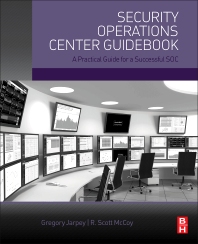Tropical Cyclones Tip the Scales as Most Costly Natural Disasters

Accounting for only 17 percent of the total number of billion-dollar weather and climate disasters in the U.S. since 1980, tropical cyclones have caused 47 percent of the total damages attributed to this class of event, as calculated by the National Centers for Environmental Information. The NCEI expects this percentage to rise dramatically after costs are fully calculated for the major hurricanes that hit the U.S. in 2017.
The NCEI tabulates costs for events based on direct costs such as physical damage to property or assets, business interruption, damage to vehicles or public infrastructure, loss of agricultural assets, disaster restoration costs and other factors.
Not including hurricanes Harvey, Irma and Maria, 35 tropical cyclones have caused at least $583.5 billion in total damages – averaging $16.7 billion per event.
Following tropical cyclones, the most costly event types are:
- Drought, with an average cost of $9.4 billion per event
- Flooding, with an average cost of $4.3 billion per event
- Freezes, with an average cost of $3.4 billion per event
- Winter storms, with an average cost of $3.1 billion per event
- Wildfires, with an average cost of $2.5 billion per event
- Severe storms, with an average cost of $2.2 billion per event
While severe storms rank the lowest in terms of average cost, they were the most frequent high-cost event. Out of the 218 high-cost events included in the NCEI’s calculations, 90 were severe storms.
The Central, South and Southeast regions of the U.S. experience a higher frequency of billion-dollar disasters than other regions. Across all event types, 94 have affected at least some part of Texas.
Looking for a reprint of this article?
From high-res PDFs to custom plaques, order your copy today!








